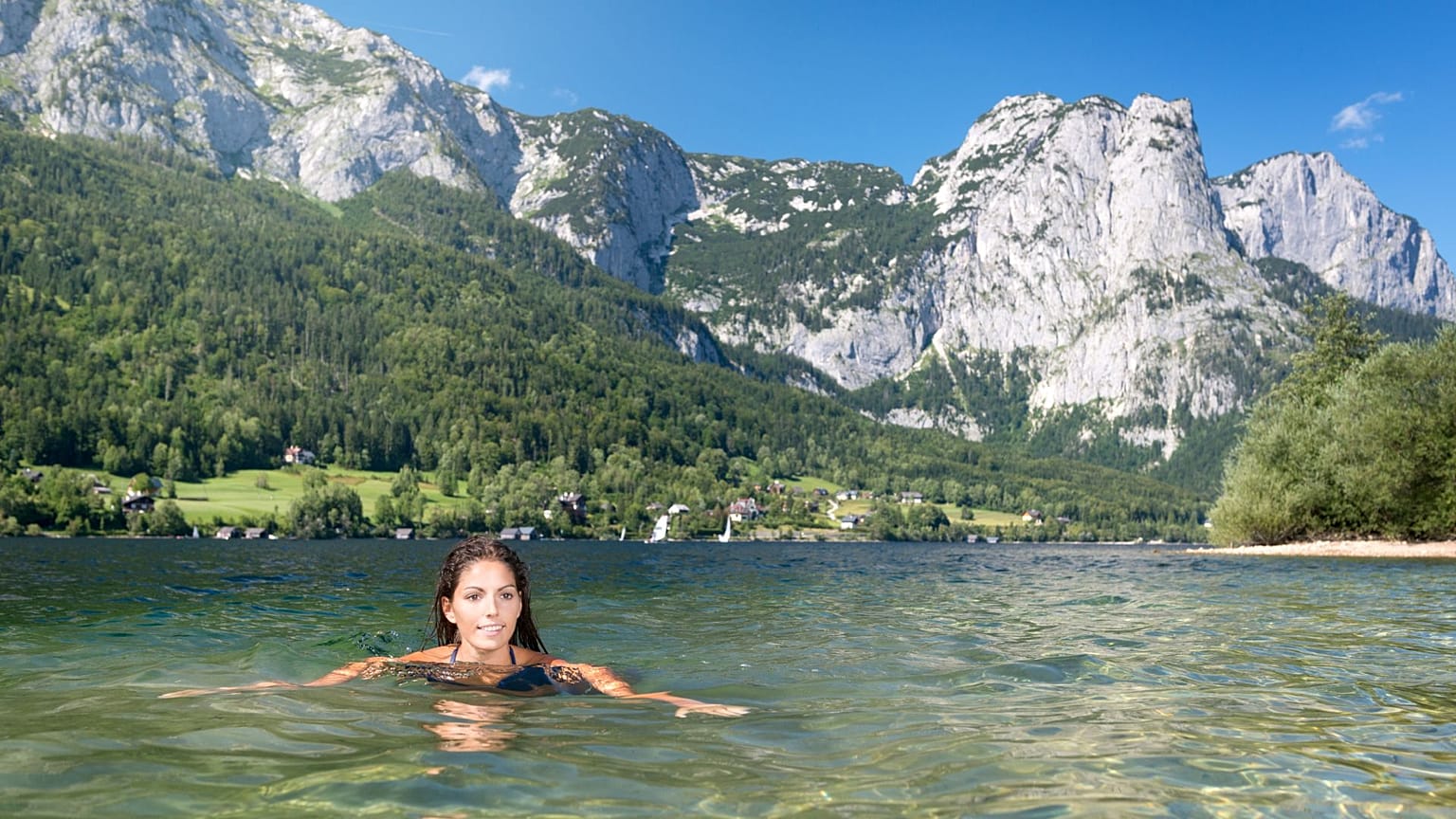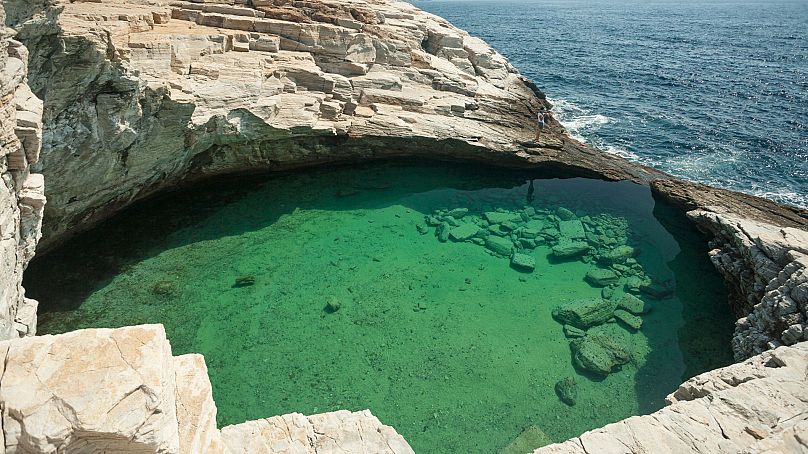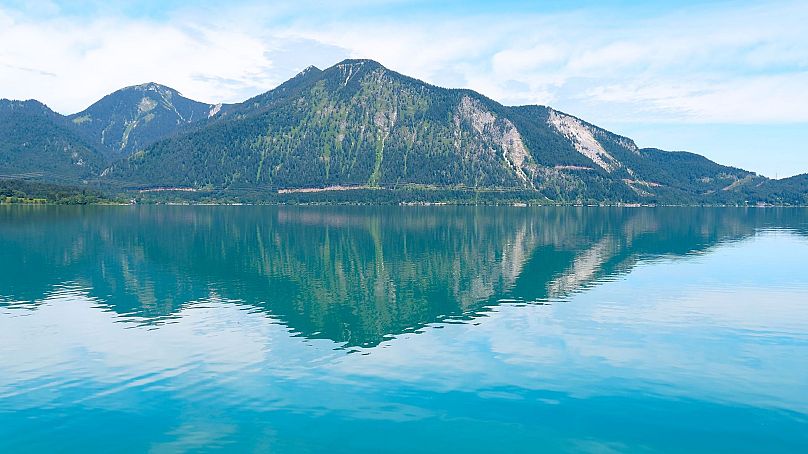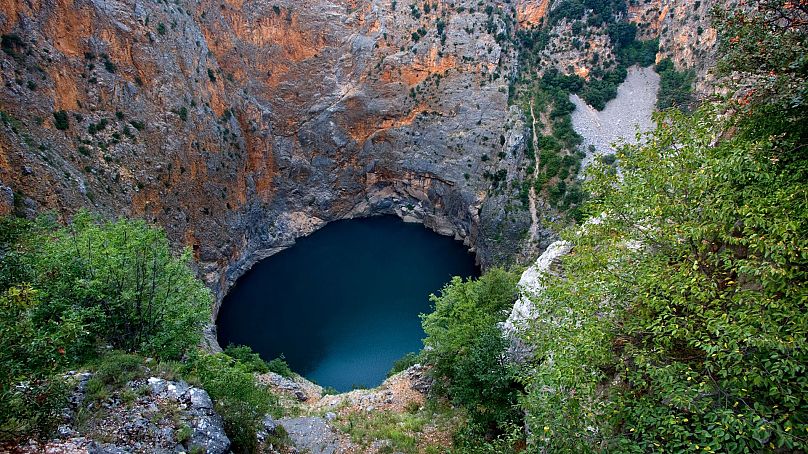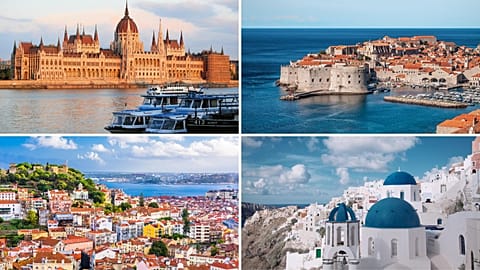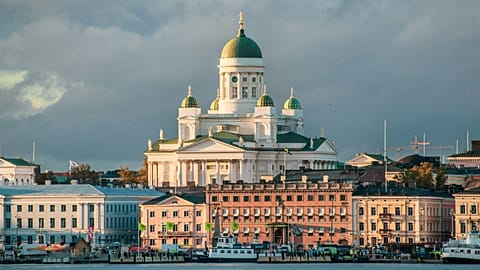Here are the best - and cleanest - wild swimming spots to check out in Europe this summer.
If you’re a keen swimmer, forget the beach - head to landlocked Austria this summer.
The mountainous country has the cleanest bathing water in Europe, according to a new report from the European Environment Agency.
Almost 98 per cent of Austria’s bathing waters - areas where people regularly swim - were given an ‘excellent’ rating. Across Europe, nearly 85 per cent of waters scored this highly.
When you think of alpine Austria, swimming might not be the first thing to spring to mind. But don’t let the lack of coastline put you off: the central European nation boasts countless stunning emerald lakes, including Lake Achensee, dubbed ‘Tirol’s ocean’ by locals.
Before you don your bathing suit, here’s where to swim - and where to avoid - this summer.
Which European countries have cleanest water for swimming?
Most European countries have plenty of swimming spots that were rated ‘excellent’ by the EEA.
In Malta, Greece, Croatia, Cyprus, Denmark and Germany, at least nine in ten sites received the top ranking.
Holiday hotspots Italy and Spain also scored above the continental average, with 87.9 and 87.4 per cent of sites getting top marks.
Ever-popular France did less well - just three quarters of sites were rated as excellent.
Overall, Poland received the worst grade in Europe, with just 44.5 per cent of sites recieving the top rating.
In some countries, you should think twice before taking a dip, the report’s authors warned.
“Swimming at bathing sites with poor water quality can result in illness,” they write.
“Bathing water sites classified as poor must be closed throughout the following bathing season.”
Just 1.5 per cent of bathing water sites in the EU were of poor quality, a mere 332 sites. Some 45 sites were closed permanently after receiving ‘poor’ ranking for the fifth consecutive year.
Five of the best wild swimming spots in Europe
All of the following swimming spots received an “excellent” rating.
5. Giola Lagoon, Thassos Island, Greece
Crave beach-side vibes but fear choppy waters? Not to worry - check out the Giola Lagoon on the Greek Island of Thassos.
This natural rocky pool near the village of Astris is separated from the ocean by a rock wall but fills with warm Aegean seawater every day. Visitors can jump from eight metre rocks into the azure lagoon.
4. Walchensee, Germany
This vivid turquoise lake is one of the cleanest swimming spots in the region. There are plenty of sunbathing opportunities on waterside gravel beaches and wild offshore islands. If you decide to take a dip then watch out as your feet won’t touch the ground - the lake reaches a maximum depth of 192 metres.
3. Lago di Fiastra, Italy
An hour’s drive from Trevi in central Italy, this lake is famous for its extremely clear water. Hike the mountains on the north shore of this beach lined lake, or rent a pedalo and explore its still waters.
2. Achensee, Tirol, Austria
This emerald green lake was carved out of the Alps by glaciers more than 20,000 years ago. Surrounded by picturesque mountains and lush green meadows, it’s a favourite swimming destination for locals and tourists alike.
Underwater visibility can reach 10 metres, making the lake a scuba diving paradise. The water reaches 22°C in summer - but brave souls can try the annual New Years day Dash when the water is a little less warm.
1. Imotski Blue Lake, Croatia
This stunning Croatian lake lies in a deep sinkhole that experts think was formed by the collapse of an enormous cave. You’ll earn your swim as visitors must hike down a rocky path for 45 minutes to reach the lake’s crystal blue waters. Make a day of it and pack a picnic.















